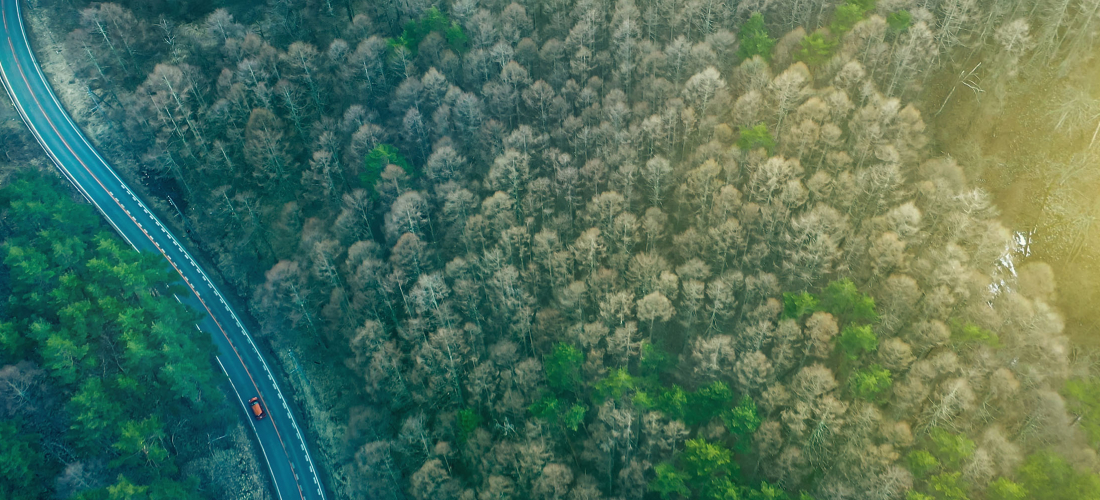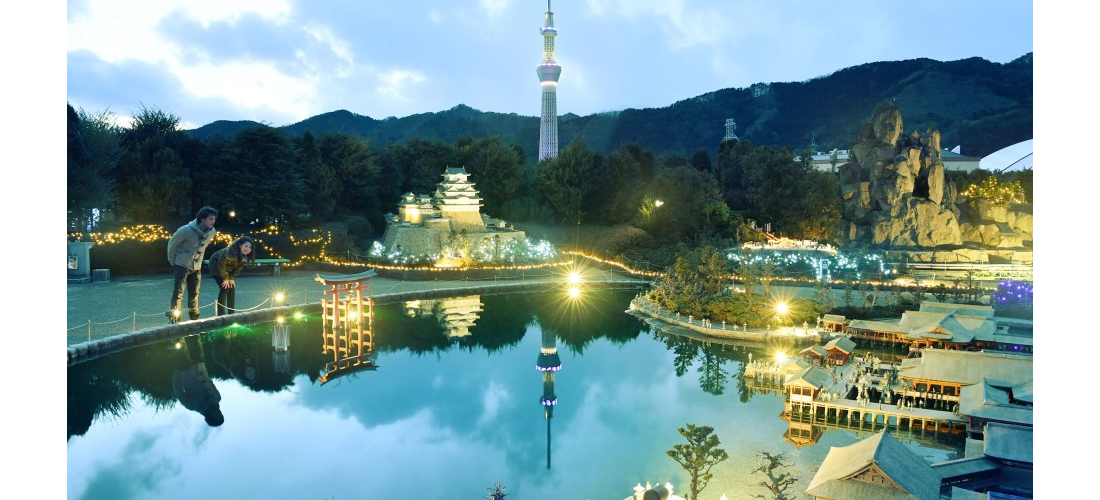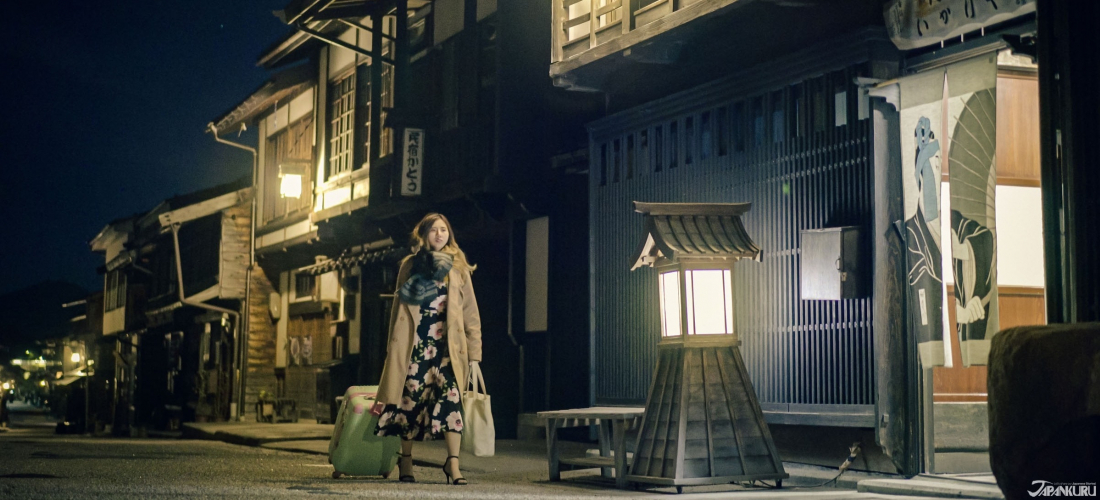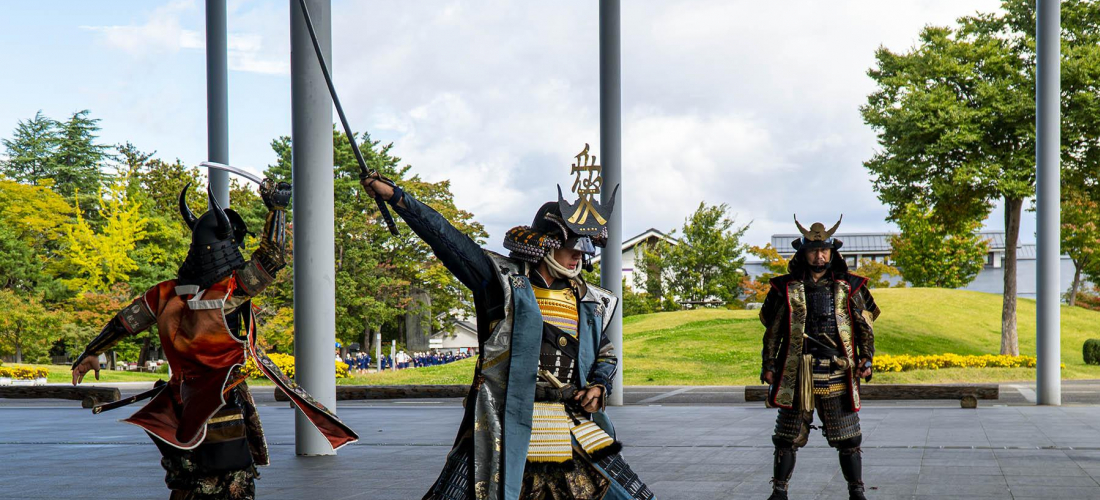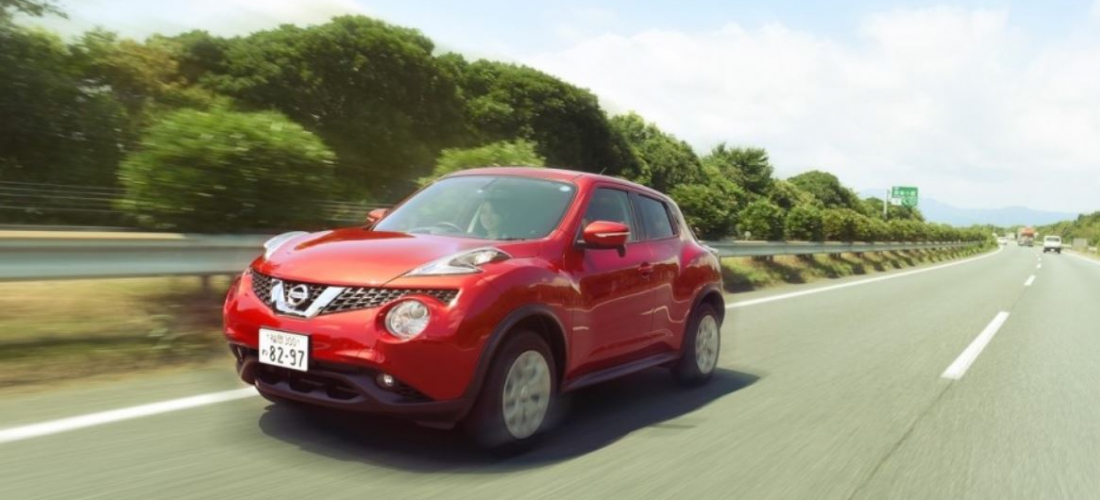
CONTENTS
Renting a car to travel Japan gives you freedom like no other means of transportation, and you can procure yourself an international license and get going at any time! No need to worry about train schedules, or plane ticket reservations, or catching a cold from the stranger sitting next to you… it’s a pretty convenient way to travel. So don’t miss out on the chance just because you don’t know your way around, or don’t want to deal with tolls. It’s all pretty easy, just let us tell you how to get going.
Our Secret to Easy Car Travel: DoRaPuRa (ドラぷら)
Before You Get Going, Get All the Info You Need!
Ever wanted to explore northern Japan? Been looking to get yourself a little pleasantly lost, and just enjoy all the small towns scattered around the Japanese countryside? If you're traveling all the way to Japan, getting stuck in just one or two cities is a shame. That's why renting a car has become an increasingly popular way to get around the country. The freedom it brings is great for everyone from large families with lots of bags, to solo travelers mulling over their options thinking "maybe tomorrow I'll head to Iwate…"
But setting out onto the highways of a new country can be a little intimidating. You're not exactly familiar with this new network of roads, and you have to navigate the tolls. That's why we like to take advantage of a handy little website called DoRaPuRa (Drive Plaza). It has all the information you need, all in English. So let us show you all the tools available to make your trip through Japan super easy, and some of the nicest places to drive!
Image Source: DoRaPuRa Official Website
DoRaPuRa is a free and convenient one-stop-shop for all the information you need to know about riding the expressways of Japan. The site has advice on Japanese tolls and the best routes to take, travel times, and even rest areas. Plus, DoRaPuRa includes convenient functions like real-time time and distance information. They even offer an expressway access pass just for foreign visitors to Japan, letting you zoom through toll-booths for one flat price. (It's a pretty good deal, by the way.)
Get all the information you need, in English, at DoRaPuRa's website.
Put All That Information to Work, and Be on Your Way
Tips for the Perfect Japanese Road Trip
Reasons Why You Should Probably Rent a Car in Japan:
1, Convenience. What could be easier than having your own car to use in Japan? Go where you want, when you want!
2, Safety. With strict standards for drivers getting their license, and high fines for reckless drivers, lots of visitors are impressed by how safe the roads are. Learn more about the rules of the road.
3, Fun! Japan actually has some really cool rest stop service areas. With places to buy local specialties and souvenirs, along with genuinely delicious food, they're worth checking out!
Expressway Routes? Interchanges? Fare Information? Don’t Worry, It’s All a Breeze
When you start exploring a new system of highways, you're bound to be a little unsure about routes and tolls. But it's all pretty easy if you just figure it out a little in advance, which is why we recommend checking DoRaPuRa beforehand.
Type in your destination, and the DoRaPuRa route and toll search will give you the details you need to know, all in seconds. You'll be ready to go in no time.
How to Zip Through the Tolls, and Save Your Money for Something Else
The fees you pay normally just to get on Japan's expressways can be a little crazy. If you're going to dish out 12,970 yen just to go from Tokyo to Kanazawa (564 km, 350 miles), after traveling the country it adds up to more than the price of plane tickets. Don't let that get in the way of your road trip, though! The solution to this problem is to take advantage of the JEP, or Japan Expressway Pass.
Image Source: DoRaPuRa Website
The JEP is a flat-fee pass that gives you free rein of the expressways of Japan, made just for foreign tourists.
Ever heard of the JR Pass for trains? It's Japan Rail pass that allows free access to almost any JR train, for a one-time fee. Well, it's easy to understand the JEP if you compare the two: the JR Pass gives you the freedom of any train, and the JEP is a pass that lets you take almost all the toll roads! If you want all the details, including validity and eligibility information (who can get the pass, and which areas of Japan are excluded), check out the official page.
There are two varieties of JEP: 7 day passes for 20,000 yen, and 14 day passes for 34,000 yen.
To give you an idea of what you're saving:
① Narita Airport → Kenroku-en Garden (via Kanazawa-nishi IC) = one-way 12,970 yen (564 km, 350 miles)
② Narita Airport → Mt. Fuji (via Kawaguchiko IC) = one-way 5,810 yen (227 km, 141 miles)
When you look at what toll fees are like in Japan, you can see that a 7-day JEP can basically pay for itself in 2 trips! Take a long drive once a day with the 7-day pass, and that basically gives you 5 extra days of freedom to go wherever you want for free, without worrying about what the tolls might be like. You can see how much other routes might cost without a pass right here. Especially if you have a few people in the car, the Japan Expressway Pass is a really economical way to see the country.
Find Out More About the JEP on the DoRaPuRa Website
It's a must-have for your drive through the islands of Japan, so take a second to check out the official details. All the rules and regulations, plus the benefits and usage options, are laid out in clear English.
Image Source: DoRaPuRa Website
How to Get Yourself a JEP
① Check in with car rental companies that handle the JEP; there's a list on the official webpage. You can't always return your JEP-system rental car to every single location, so a quick double-check beforehand is a good idea.
② Reserve your car and ETC card (electronic toll collection card). Ask the rental car dealer for information on all the rentals available! (The JEP can only be used with "ordinary vehicles," though, so only regular-sized passenger vehicles.) The ETC cards are simple and easy to use, as you can see here.
③ Simply complete your JEP application the day you rent the car! The whole system and agreement is easily explained at the same time as you get your new rental vehicle. You can also pay in advance, making the whole process a breeze.
④ Pick up your car and ETC card.
⑤ … and go! Enjoy Japan, and all it has to offer! Feel the freedom of the open roads!
⑥ When you're all done, return your car and ETC card. If you did decide to take one of the handful of roads that aren't covered by the pass, this is when you pay any additional toll fees, making it a smooth process.
There are convenient car rentals at both of Tokyo's airports, Haneda Airport and Narita Airport.
When you rent your car, they'll walk you through how the ETC card works, and anything else you need to know about your vehicle. Don't worry, it's all pretty simple.
A clear sign showing you where to insert your ETC card. Slide in the card and get on your way!
Ready to Hit the Road? Don’t Miss Out on Japanese Road Trip Culture
Some Clarification: Japan’s SA and PA Rest Stops
In Japan they tend to use a couple different borrowed English terms to describe rest stops, namely PA (parking areas) and SA (service areas, where you can fill up your tank as well). Both areas share some of the qualities you'd expect from a rest stop anywhere else: places to park, get out of the car, take a break. But they're also much nicer than you might expect from a roadside "parking area," with pretty good restaurants, interesting shops, and fun local souvenirs for sale. Some of them are just on another level, becoming attractions in and of themselves.
In fact, these PAs and SAs can be so impressive, there are even drivers who plan their trips around the rest areas themselves. With all the fun attractions, shops, and tasty treats, the variety of stops around Japan make for an interesting tour. DoRaPuRa has a search function that lets you find rest stops on every expressway in Japan, so you can see if there are any must-see PA/SA attractions on your route, or just check for convenient places to take a break.
The Hanyu PA (羽生PA), a Rest Stop Straight from the Edo Period
The PA and SA around Tokyo are divided into "nobori" (上り) and "kudari" (下り) stops. This comes from the historical habit of people in Japan referring to going towards Tokyo as "nobori" or ascending, and away from it as "kudari" or descending. Sometimes these rest stops are literally named such-and-such "up" or "down." This means that if you're headed in the direction of Tokyo, you'll be stopping into nobori PA/SA.
One rather impressive PA we found in Saitama, about an hour from Tokyo, is the Hanyu PA. The kudari section is a very nice but fairly normal rest stop, but the nobori section is not to be missed on your way towards Tokyo. It might not actually originate from the Edo Period (for that, you might want to drive over to Naraijuku!), but it recreates the Edo style through building architecture, old-fashioned shops, food, and more. Walking around the area is a little like stepping back in time.
Interestingly, the PA isn't just a reproduction of any old Edo town, it's actually based quite a bit on a town from a story called "Onihei Hankacho", a famous Japanese historical novel written by Shotaro Ikenami. That's why this section of the PA is actually called "Onihei Edo Dokoro" (鬼平江戸処). With the novel gaining enough popularity to spread to movie, TV, manga, anime, and even theater adaptions, it's no wonder there's a place where you can walk through the streets of the story yourself!
A Food Court Made for Samurai
The set-up, with old-fashioned interiors and fantastic architecture, makes the food court a great place to take a break. Pretend you're an Edo Period samurai and sit back with your traditional Japanese meal.
This is Not a Centuries-Old Market, It’s a Souvenir Shop!
At first glance you might think you've stumbled upon a small village's local market here in the Hanyu PA, but it turns out it's a souvenir shop. With traditional Japanese sweets, a popular souvenir in Japan, along with fun things like samurai-themed mugs, there are gifts to bring home to any history lovers in your life.
Ippon Udon (一本うどん)
We've talked about this impressive single-noodle udon before, and that's because it really blows our minds. It's a real roadside attraction! Instead of the tangle of normal udon noodles you'll find elsewhere, this restaurant serves a solid hunk of noodle that has a texture a little like mochi. After cooking in the broth, the outside of the noodle also soaks up the flavor, making it a unique and satisfying culinary experience.
Ebisu-yaki Manju (えびす焼)
Ebisu is one of Japan's many gods, and his particular job is said to be watching over the country's fishermen. He's also one of Japan's seven gods of luck, and you'll know he's hard at work when you bite into one of these little filled cakes. (They're so tasty, just biting into the manju feels lucky!) These smiling bearded faces come with two fillings, red bean or custard, and they're a perfect snack to buy a bag of and snack on in the car.
Riceball Sampler Lunch Box
These little lunchboxes contain five riceballs, each made with a different kind of rice preparation. With so much rice eaten in Japan, you know it doesn't just end with a bowl of white grains. These snacks are made fresh every day, so you can try a taste of Japanese cuisine on the road (or maybe five tastes!)
Just Touched Down on the Narita or Haneda Tarmac? Where to Go From There:
Don’t Limit Yourself to Tokyo!
Starting from the Tokyo airports, it's easy to hop in a rental car and get yourself anywhere in Japan. Find a region that sparks your interest, and you're ready to go! This time around, we're going to recommend you drive through central Japan, and make your way towards Tohoku, just a few hours away from Tokyo.
The Tohoku region is an area in the northern part of Japan, made up of six prefectures (Akita, Aomori, Fukushima, Iwate, Miyagi, and Yamagata). Most of northern Japan tends to be a little more rural than, say, the Tokyo area. This means there's lots of really beautiful scenic areas, making it great to relax and recharge your batteries. While you drive along the expressways and towards this northern region, get ready to admire coastal views and rivers, Japan's ubiquitous mountains, and pastoral scenes of farms and rice paddies. If you want to really feel any fatigue or built-up stress float away, stop in at one of the many natural hot springs you'll find scattered across the area, and let the onsen water soak away your aches and pains. On top of all that, with easy access to so many natural resources in the countryside on the way north, and in Tohoku itself, the food is always fresh and delicious; try some of the local seafood!
It's such a lovely area, we've written about Tohoku plenty of times before.
If you want some quick ideas to get you started planning your expressway road trip, we've collected a few of our favorite destinations to stop in at. Our itinerary includes five of the Tohoku prefectures, plus a few surrounding regions (Nagano & Yamanashi) you might find yourself in as you ride the highways. See which places interest you, and customize your own fabulous trip! Then grab your rental car, your ETC card, your Japan Expressway Pass, and let's get going!
1. Tochigi (栃木県): Hot Springs & Cute Animals
We've talked about Tochigi's 16 most entertaining destinations before; it's an area of Japan that just doesn't get enough attention! Most travelers leave it off their itinerary, in favor of a few extra days in Tokyo, but we don't think that's fair. People are missing out! So it's a perfect place to stop in when you've got a convenient car to take you right over.
The Beautiful Hot Springs of Nasushiobara
Sat next to the river, these beautiful baths let you enjoy the calming sound of the moving water while soaking in the relaxing warmth of hot spring water. Outdoor baths are always a fun experience, and these are also in a charming little Tochigi town.
Commune with the Capybara at Nasu Animal Kingdom
Nasu Animal Kingdom isn't just any zoo. The frequent animal performances show off the strong bond between the creatures and their keepers, and the facilities provide lots of opportunities to get up close and personal with the animals. Whether you're traveling with kids, or looking for a fun day out with a special someone, why not make some new furry friends?
Get the Most out of Your Rental Car, Drive Irohazaka Slope! (いろは坂)
This road turns and loops through the mountains of Nikko, Tochigi, like a snake slithering from the lowlands to the mountaintops. If you're traveling during the autumn, the leaves changing colors on the slopes of Irohazaka are not to be missed. Take a leisurely drive around the 48 hairpin turns while you admire your surroundings.
2. Fukushima (福島県): Snowy Countryside
Tohoku offers travelers great opportunities to see the four seasons that Japan is so proud of. Drive to Fukushima to see some of Japan's top-ranking views of autumn foliage and winter wonderlands, and a glimpse of the Tadami Line train winding its way through the scenery.
There's even a local Tadami natural mineral water well for you to fill up your bottles with the highest quality mineral water. Slowly sip and savor the flavor as you roll through the mountains.
Tadami Bridge
If you're there during one of the colder months of the year, don't miss this romantic view of the Tadami Bridge, surrounded by snow-laced conifers.
3. Miyagi (宮城県): Playful Foxes & Local Cuisine
Miyagi Prefecture has one of Japan's top mountains, Mt. Zao. One of the reasons for its popularity is the impressive lake formed from a volcanic crater, "Okama" (御釜, literally just a word for volcanic crater). The lake's water reflects different colors depending on the angle of the sun, making it a beautiful and unique experience whatever time of year or day you arrive.
Around Mt. Zao, there also sits Zao Onsen Village, a lovely place to relax in a hot spring after your hike around the lake. Because "okama" can also refer to an iron pot, the kama katsu-don rice bowls are a popular dish in the area, paying homage to the lake.
A little drive away, you'll also find Miyagi's capital city, Sendai. In that part of the prefecture you'll find one of Japan's three most scenic spots, Matsushima. Or, if you've seen enough lovely scenic views and you're looking for something a little more adorable, Zao is where you'll find Japan's Zao Fox Village (キツネ村)! Then finish your day off trying a Sendai specialty, grilled beef tongue.
This Is No Ordinary Pup, It’s a Japanese Fox Kit!
Grilled Beef Tongue, a Uniquely Tasty Dish
4. Yamagata (山形県): Soba, Hot Springs, Autumn Leaves, and More
For the dramatic view you see below, look no further than Tendo in Yamagata Prefecture. Towards the end of October, the leaves start to turn red, and sometimes frost over, making them glitter in the sunlight. If you're traveling with a romantic partner, make sure to stop in at Wakamatsu-ji Temple. The nearby temple is known for blessing visitors with good luck in their romantic ventures, making it an ideal visit for couples.
A Temple or an Observatory?
Jakushouji might not be an official mountain observatory, but the temple's ideal location means that visitors also get an eyeful of the beautiful scenery.
The Bathhouse from Spirited Away!?
The artists at Studio Ghibli didn't perfectly recreate any one specific place in their hit movie Spirited Away (I like to think we would have noticed a decadent bathhouse for the spirits of Japan by now). The mountain town of Jiufen in Taiwan likes to take some of the credit for the motifs used in Spirited Away's designs. But take a trip over to Ginzan Onsen, a hot spring in Obanazawa, Yamagata, and you'll see the bathhouse inspiration right away! With the building remaining unchanged for over a hundred years, it all gives off a great retro feeling.
Try Your Hand at Soba
Spend some time at Tendo Kogen Family Land and make your own lunch; the cultural center offers soba noodle making experiences. Unlike lots of the noodles that originate from all over Asia, soba noodles are made with a fairly stiff dough, and cut with a sharp chopping blade. (Have you ever noticed that the noodles are basically square in shape?) Learn all about the process, fill your belly, and go home with a new skill under your belt.
5. Akita (秋田県): Watery Views
Akita's Lake Tazawa is a popular destination if you're looking for a lake resort, with the area surrounded by both hot springs and ski runs. Rising from the lake itself, though, is the Tatsuko Statue, which glitters in the light reflecting up from the water. Take a boat out to see this mythical beauty up close: Tatsuko apparently asked the gods to keep her beautiful forever, and she was instead cursed to be a dragon in Lake Tazawa. Perhaps she's still in there… and pretty annoyed about the statue mocking her from above.
Tatsuko Standing Tall and High Above the Water
Once you've had enough of the lake's fresh water, turn yourself towards the coast!
The disciples of Shakyamuni are carved into the rocks along the seashore, as the Jurokurakaniwa (十六羅漢岩). They're named quite literally, as the 16 rocks of enlightened disciples.
Let the peaceful Buddhist figures lend you some of their wisdom, and enjoy the uniquely Japanese atmosphere.
6. Iwate (岩手県): Koiwai Farm
Koiwai Farm in Iwate is a really great destination for family trips. The private farm has cattle and sheep, in addition to horses for you to ride. If your little ones have never been on a horse before, introduce them to a new experience they'll love! Plus, the farm has some other cool activities available: you can give milking a cow a try, or butter-making with all the fresh milk.
If you're more of a gourmet, enjoy a sweet treat while you're there. The farm makes super-fresh and deliciously sweet desserts from all the dairy they produce.
Take a relaxing trip to the farm, and spend some time observing the happy grazing sheep and cattle.
The Koiwai Farm Line-Up: Dairy So Local, You Can Literally See the Cows Next-Door
This Milky Ice Cream in a Cute Cow Cup is Insta-Certified
7. Nagano (長野): Hakuba, Wasabi, and Naraijuku
As the host of the 1998 Winter Olympics, you know Nagano has to be an excellent destination for winter travelers in Japan. The many snow-laced mountains provide a beautiful backdrop for Hakuba's many high-quality ski runs, and with snow on the mountains 365 days a year, lots of ski-enthusiasts end up staying for over a week. It also means that you can admire the beautiful snowy view even when the weather starts to warm up.
The Alps of Japan
The mountains running through Nagano must have reminded somebody of Europe's Alps, because these Japanese mountains earned the nickname somewhere along the line. With the little houses dotting the countryside in front of a background of lovely snowy mountains, you can kind of see it. Breathe in that fresh mountain air, and enjoy everything Nagano has to offer.
Driving through the glorious mountains is great, but if you want more of a concrete destination, we recommend Takato Castle Site Park and Daio Wasabi Farm. Or if you're looking for a place to stay in Nagano, with some real atmosphere, just imitate the Edo samurai traveling through the area! Head to Naraijuku, the historic rest station where Edo Period travelers stopped during their cross-country trips.
Takato Castle Site Park’s Nighttime Cherry Blossoms
Fresh Wasabi, Wasabi Rice Bowls, Wasabi Juice… What Next??
With History Dating Back Hundreds of Years, Naraijuku Certainly Feels Retro
8. Yamanashi (山梨県): Fuji Shibasakura Festival
Driving into Yamanashi Prefecture, it's hard to miss Mt. Fuji, towering above everything. But miss the chance to check it out and you'll regret it! If you want to actually climb to the top, you can do it from June to September every year.
If you make it to the area from mid-April to the end of May, though, don't miss the Fuji Shibasakura Festival! These pink "sakura" blooms spread across the festival grounds, a wide garden in the foothills of Mt. Fuji, in numbers reaching 80,000 every year.
The View of the Shibasakura in Front of Mt. Fuji
All Prepared for Your Japanese Road Trip, Now?
Are you ready to hit the road? If you're going on a road trip up to northern Japan, these are the places we recommend, but the great thing about using a rental car with an expressway pass is that it gives you the freedom to go wherever you want!
We've already seen how Japan's expressway tolls can add up if you don't prepare in advance, but also how easy it is to get ready for your trip and avoid all the pitfalls of driving in Japan. You don't have to struggle through confusing pages in Japanese or badly computer-translated English to find your way around! Before you start your engine, take a quick moment to plan your trip using everything DoRaPuRa has to offer, and you'll be ready to go in no time.
Some more road trip itineraries for your consideration:
– Kyushu! Sightsee in Kagoshima, Miyazaki, and Kumamoto.
– Explore some of the lesser-known attractions of Kansai.
– Enjoy the natural beauty and excellent udon of Shikoku.
Or add us on Instagram and Facebook to share your pictures of Japan.





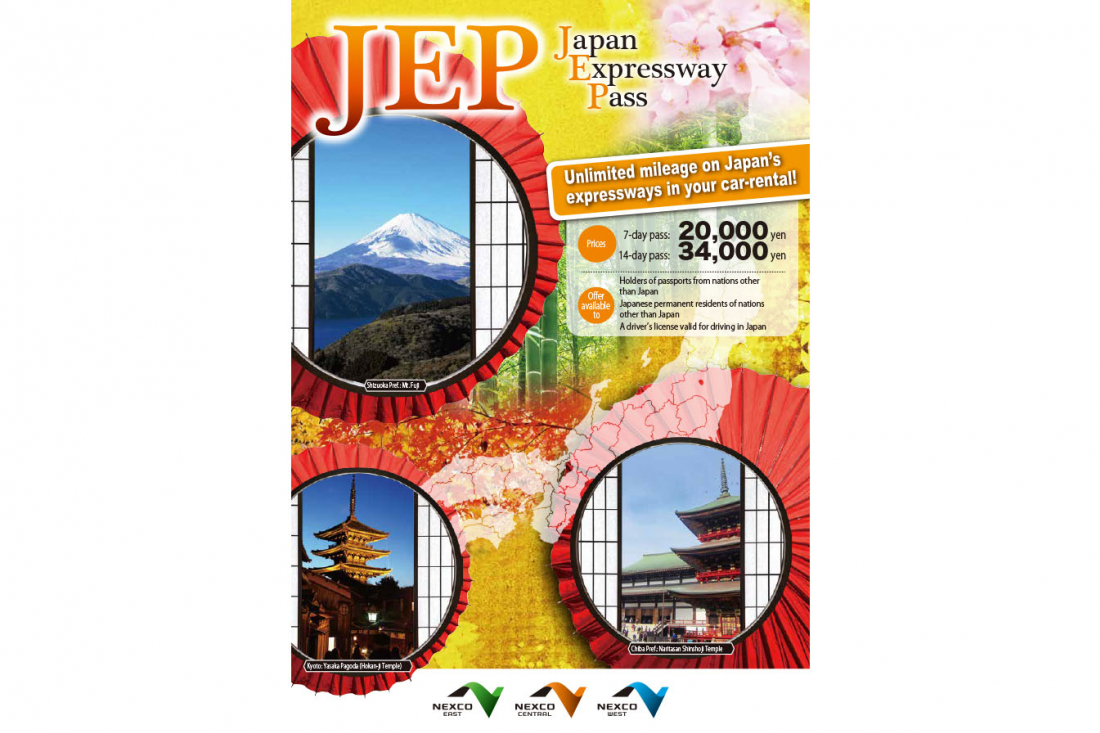
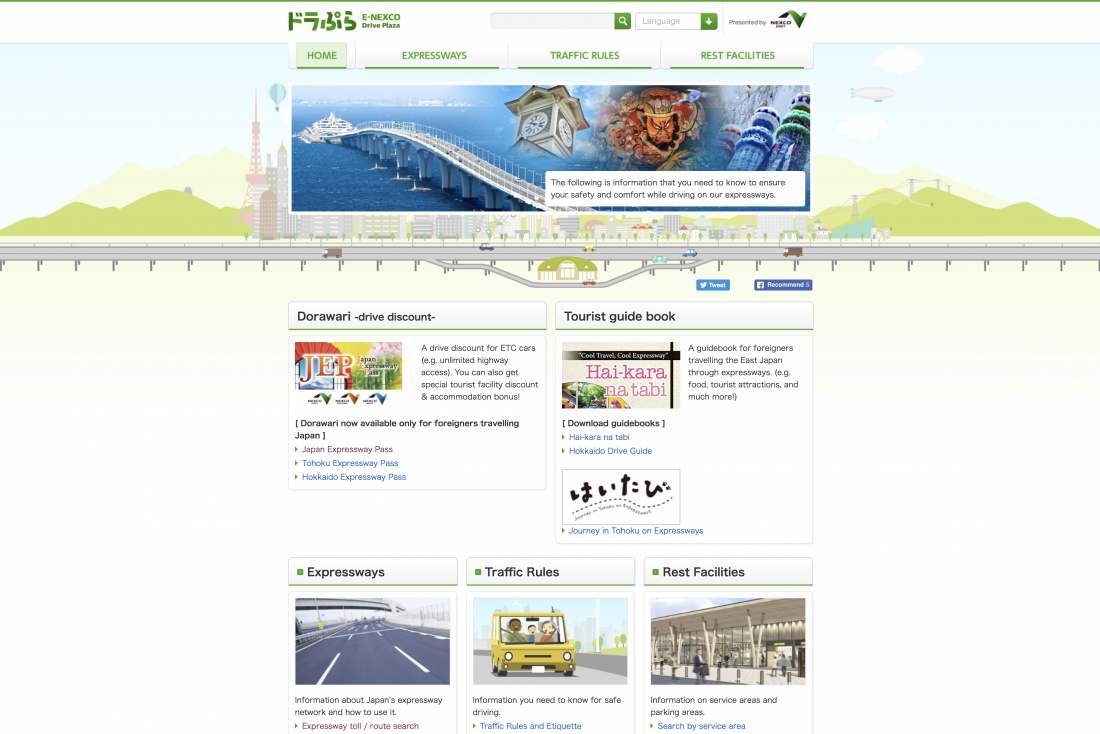









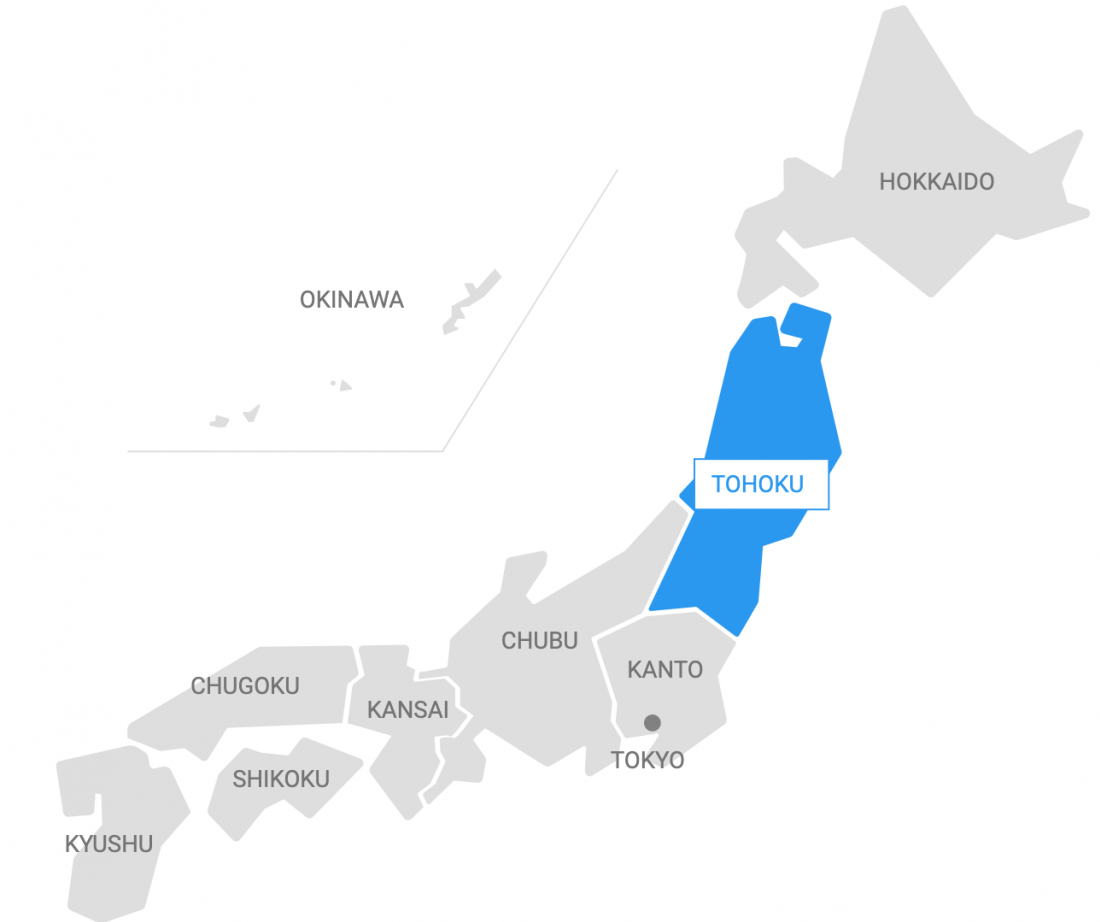






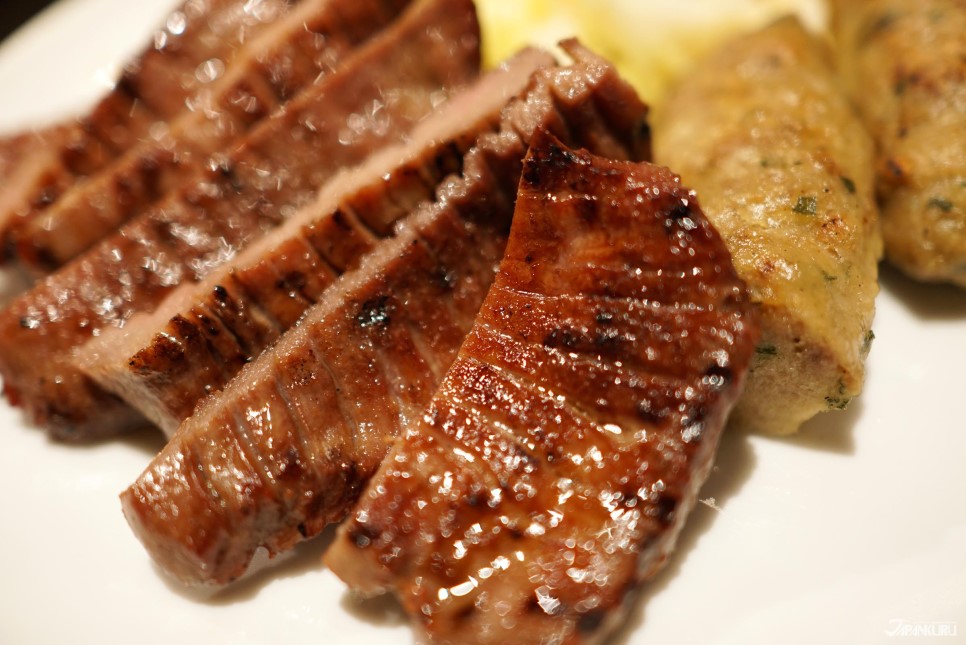


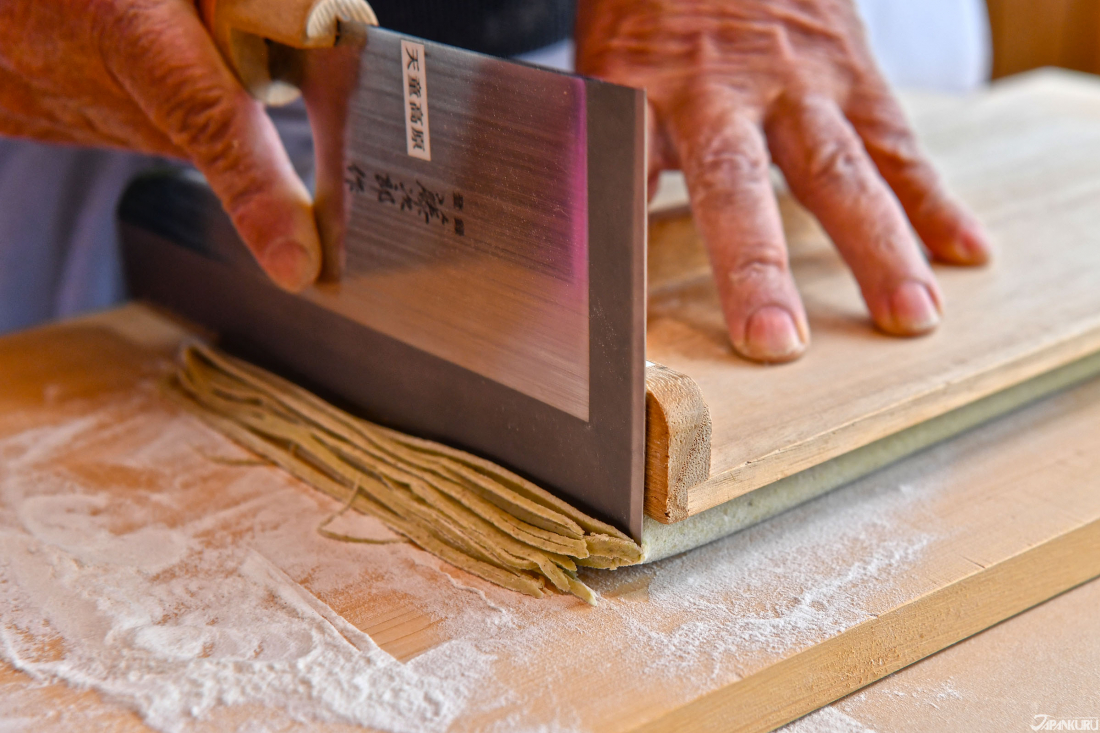
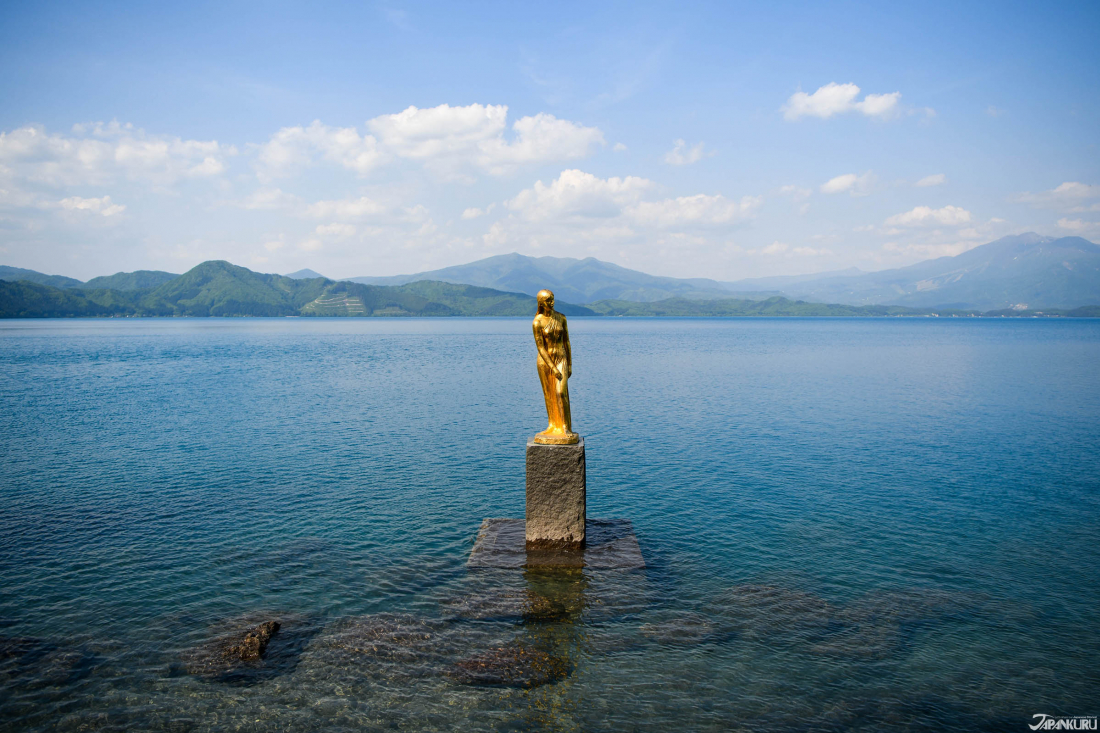




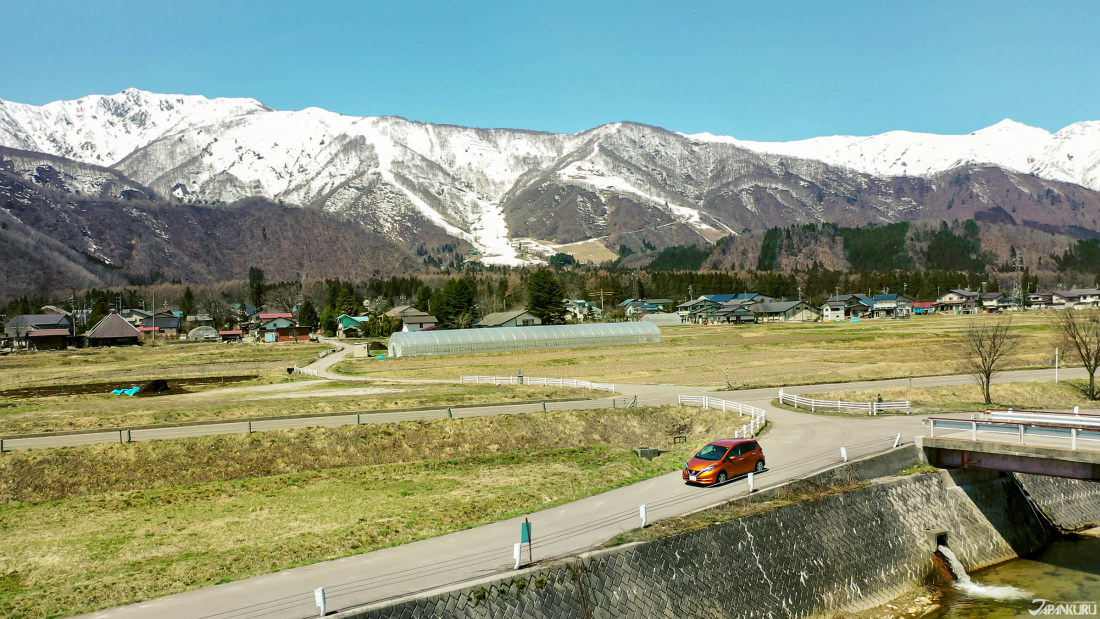

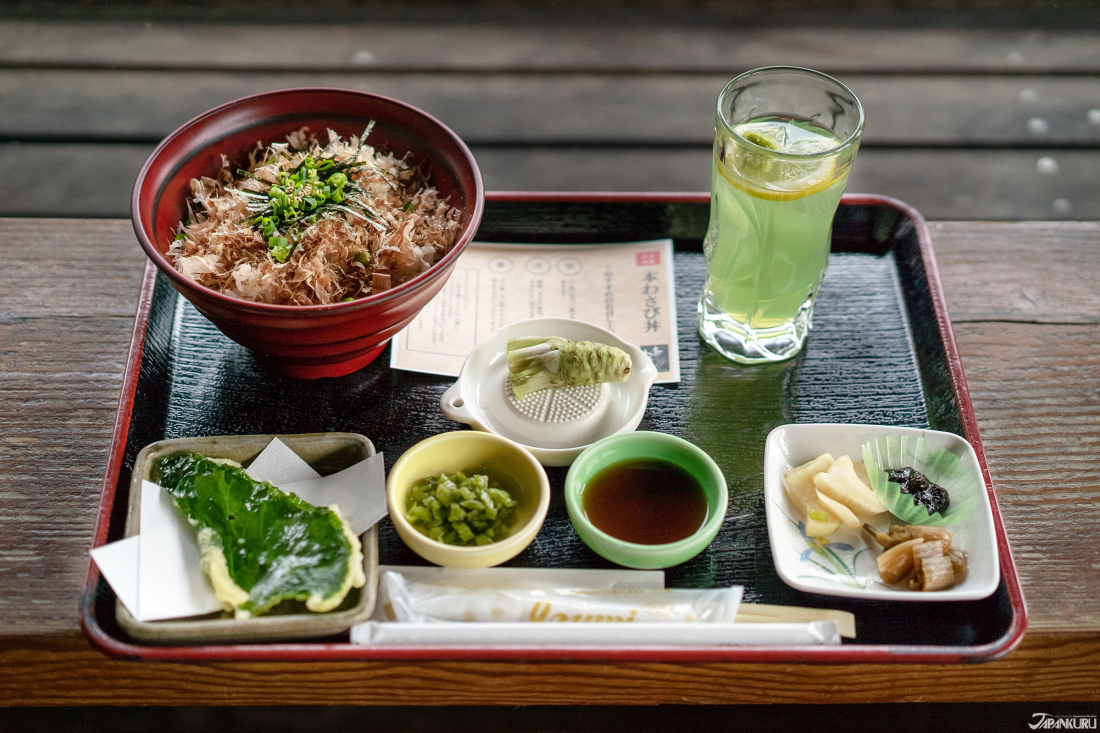







 >> Find out more at Japankuru.com! (link in bio)
#
>> Find out more at Japankuru.com! (link in bio)
#





 The Robot Restaurant is gone, but the Samurai Restaurant is here to take its place. Check it out, and don't forget your coupon!
The Robot Restaurant is gone, but the Samurai Restaurant is here to take its place. Check it out, and don't forget your coupon!
 신주쿠의 명소 로봇 레스토랑이 사무라이 레스토랑으로 부활! 절찬 쿠폰 발급중
신주쿠의 명소 로봇 레스토랑이 사무라이 레스토랑으로 부활! 절찬 쿠폰 발급중
 18歲以上才能入場的歌舞秀,和你想的不一樣!拿好優惠券去看看~
#tokyo #shinjuku #samurairestaurant #robotrestaurant #tokyotrip #도쿄여행 #신주쿠 #사무라이레스토랑 #이색체험 #할인이벤트 #歌舞伎町 #東京景點 #武士餐廳 #日本表演 #日本文化體驗 #japankuru #japantrip #japantravel #japanlovers #japan_of_insta
18歲以上才能入場的歌舞秀,和你想的不一樣!拿好優惠券去看看~
#tokyo #shinjuku #samurairestaurant #robotrestaurant #tokyotrip #도쿄여행 #신주쿠 #사무라이레스토랑 #이색체험 #할인이벤트 #歌舞伎町 #東京景點 #武士餐廳 #日本表演 #日本文化體驗 #japankuru #japantrip #japantravel #japanlovers #japan_of_insta
 코지마 x 빅 카메라 쿠폰으로 일본 가전 제품 쇼핑하기
#pr #japankuru #japanshopping #kojima #biccamera #japaneseskincare #yaman #dji #osmopocket3 #skincaredevice #日本購物 #美容儀 #相機 #雅萌 #日本家電 #일본여행 #면세 #여행꿀팁 #일본쇼핑리스트 #쿠폰 #일본쇼핑 #일본브랜드 #할인 #코지마 #빅카메라 #japankurucoupon
코지마 x 빅 카메라 쿠폰으로 일본 가전 제품 쇼핑하기
#pr #japankuru #japanshopping #kojima #biccamera #japaneseskincare #yaman #dji #osmopocket3 #skincaredevice #日本購物 #美容儀 #相機 #雅萌 #日本家電 #일본여행 #면세 #여행꿀팁 #일본쇼핑리스트 #쿠폰 #일본쇼핑 #일본브랜드 #할인 #코지마 #빅카메라 #japankurucoupon
































 Oita Hello Kitty Airport
Oita Hello Kitty Airport  Lands April 13th
Lands April 13th









